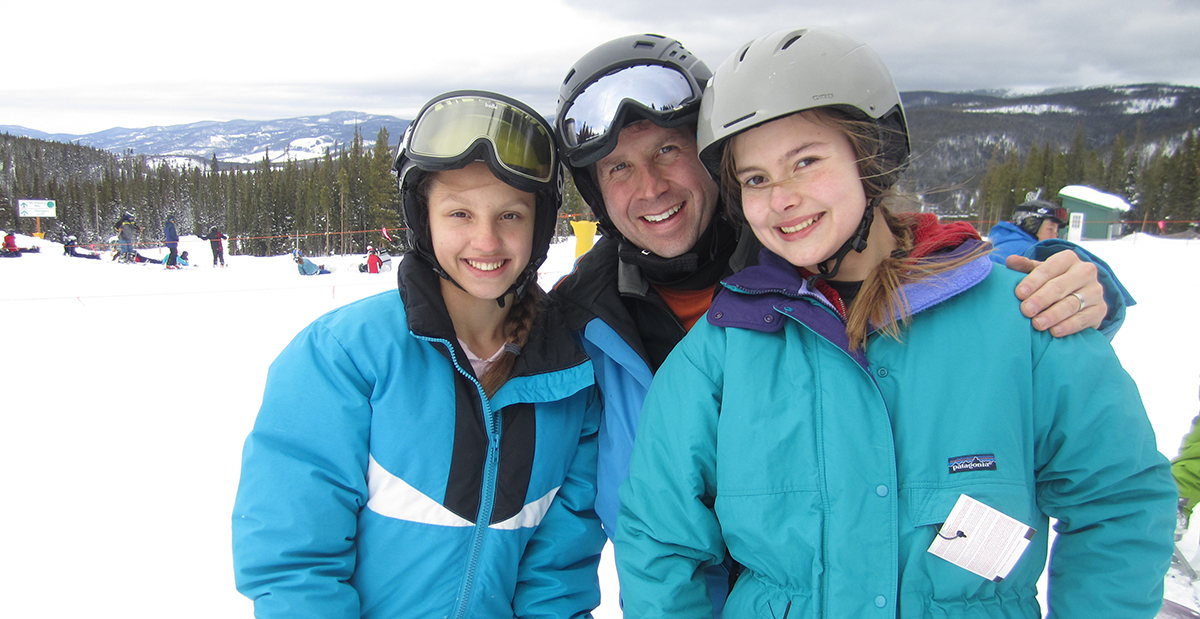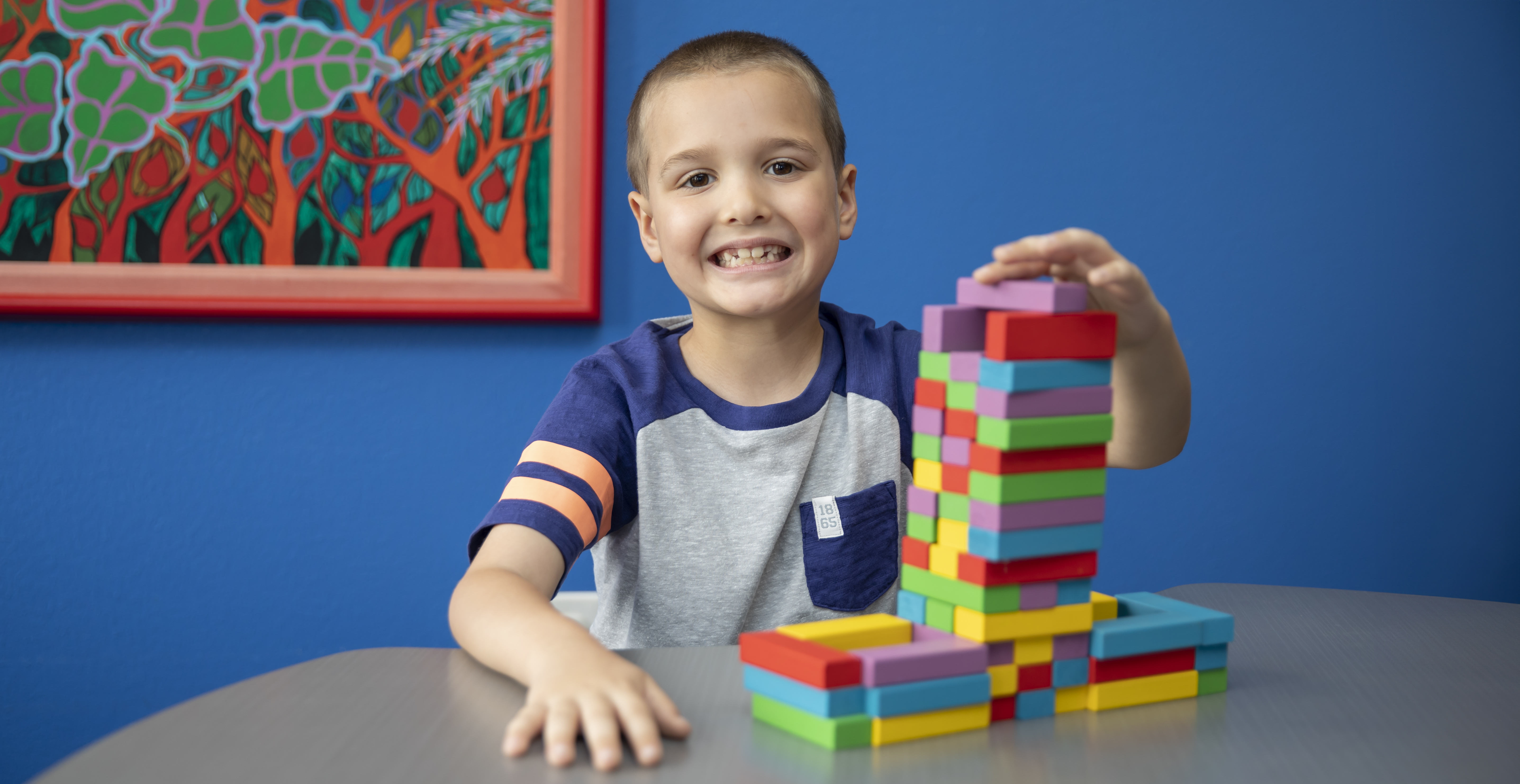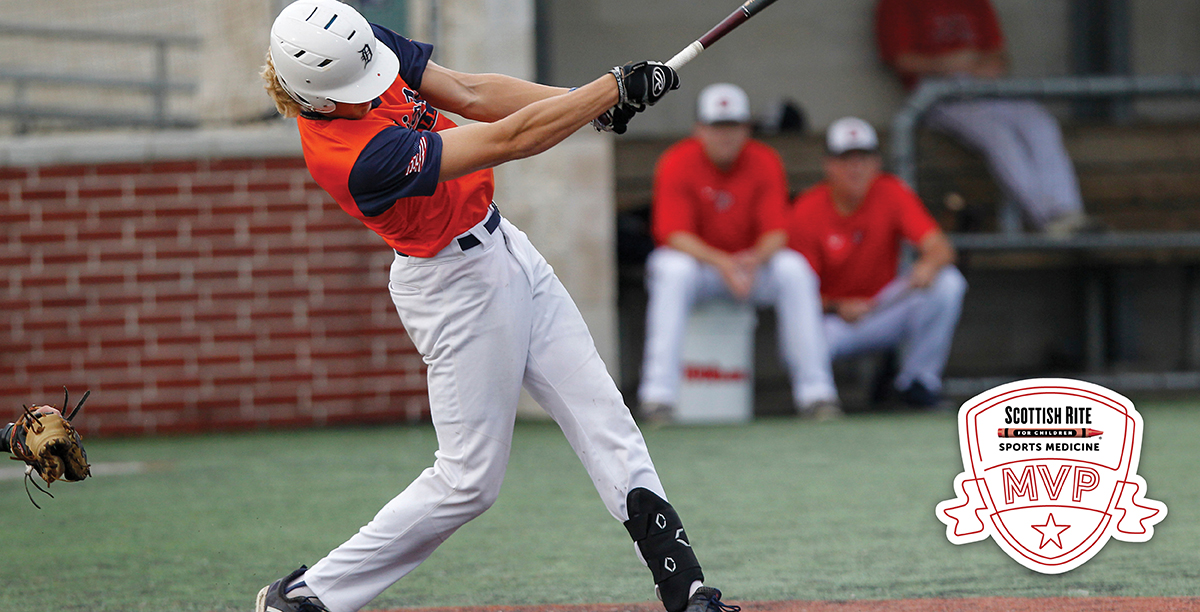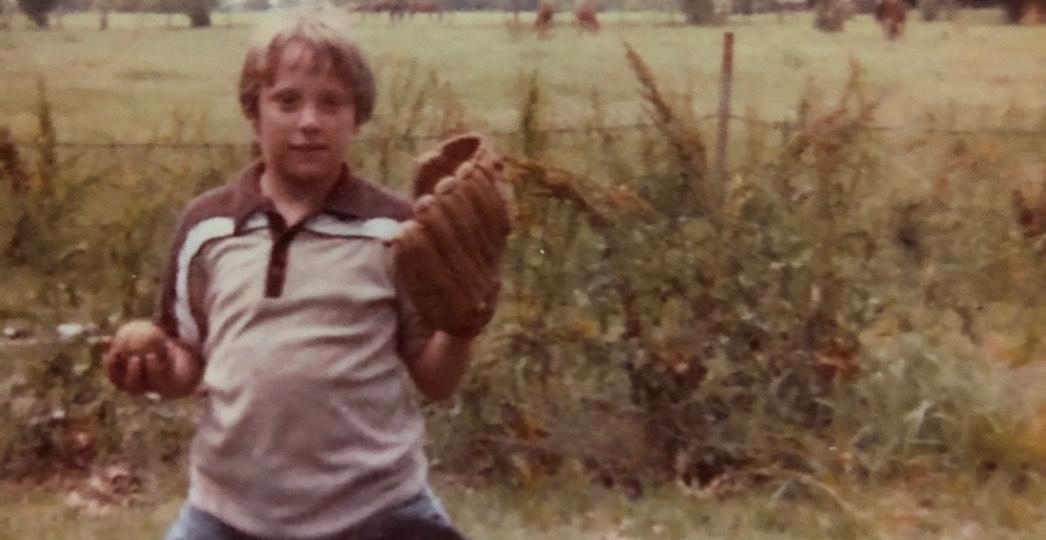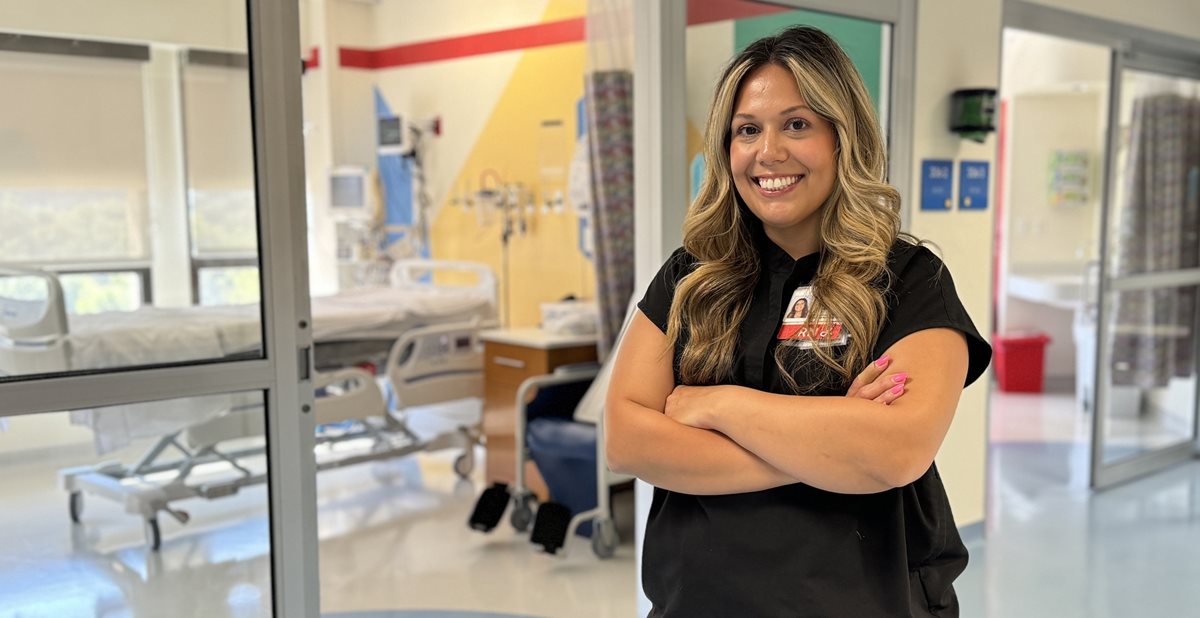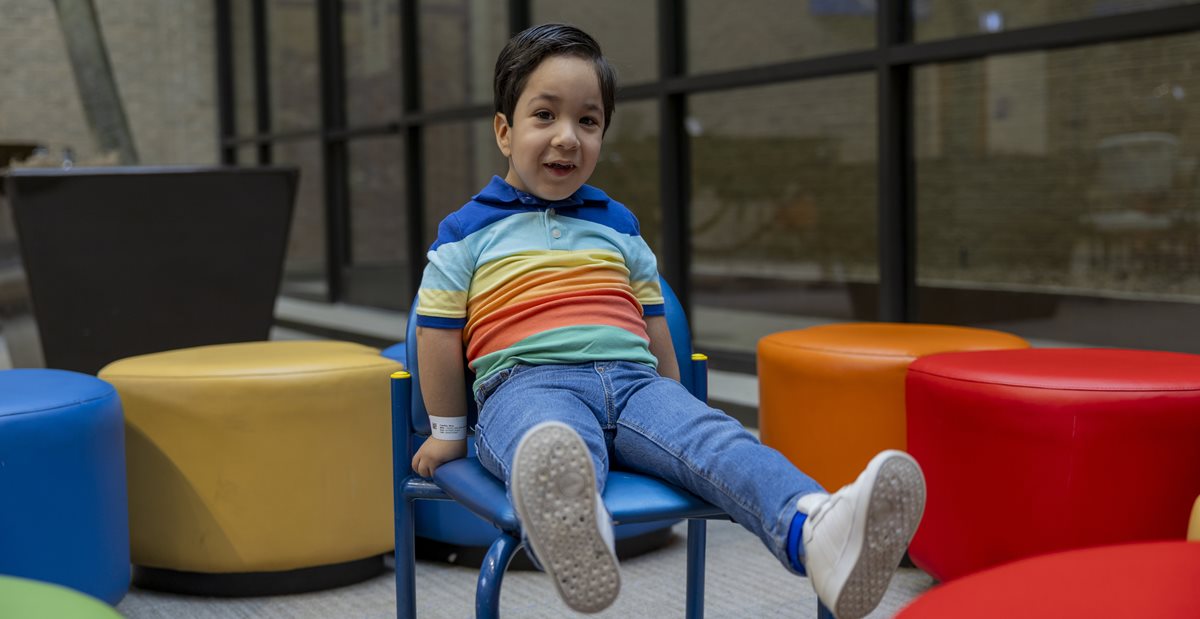It’s well known that each sport has its own rules and regulations. These are meant to protect participants from known risks and injuries. For example, in snow skiing and snowboarding, helmets are certainly the most important piece of equipment to reduce the severity of head injury with falls. This is especially true for faster, more experienced skiers. Wrist guards are also a top priority to prevent broken bones during falls while snowboarding.
Large joints, like the shoulder, knee and ankle, are at risk for injuries during falls and with extreme motions that occur with near-falls in snow sports. General fitness, cross-training and pre-season preparation, all in partnership with sport-specific safety training, will lead to improved body control and potentially, fewer falls. Watch this video of Henry Ellis, M.D., talking about his experience as a team physician for the U.S. Ski Team and their off-season training habits.
Researchers continue to look at non-contact knee injuries in sports like soccer and basketball. As with snow skiing and snowboarding, these sports put the knee at risk for injury when the leg is planted and twisted with the knee in a slightly flexed position. Training programs can prepare athletes to better control their knees in these risky positions. Strengthening leg and trunk muscles also improves stability and control. Improved control leads to lower risk of injury.
Injury prevention is not just about following the rules and wearing the proper equipment. Here are our suggestions to help your young athlete safely enjoy many sports:
- Endurance training prevents early fatigue, which is known to cause falls and injuries in any sport. Ride a bicycle or run to improve your cardiovascular and muscle endurance.
- Leg strengthening exercises create balance around the hip and knee joints. Use resistance exercises to strengthen on all major muscle groups of the legs.
- Upper body strengthening exercises create stability for the shoulder, a very mobile joint. Perform weight-bearing activities to strengthen the upper back and stabilize the shoulder blade.
- Core strengthening provides stability that helps with balance as well as proper form. Perform traditional abdominal strengthening exercises as well as activities that incorporate the entire body.
- Plyometric activities improve neuromuscular control in dynamic positions. Perform jumping and landing exercises with a focus on control and proper form.
For information about injury prevention and pediatric sports medicine, please visit our website at Scottish Rite.

